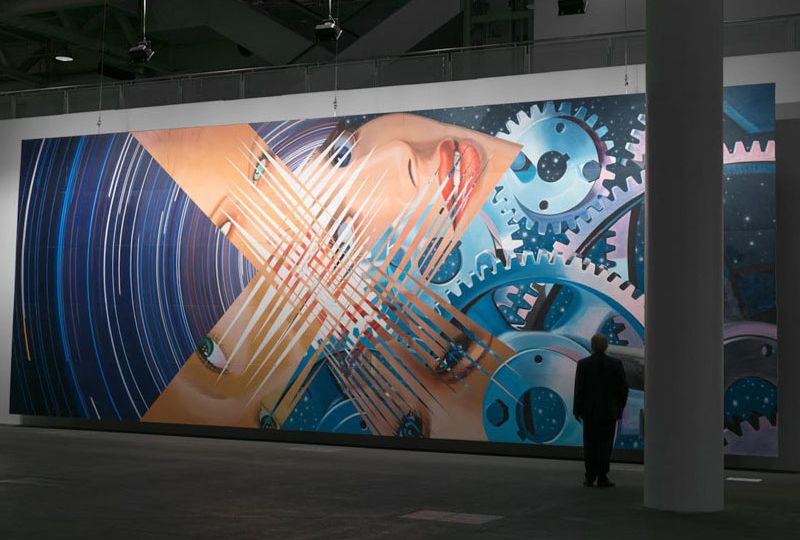
In the past few years, the exhibition sector has seen a marked move towards sustainability, mirroring a nationwide call for being environmentally responsible. As we move further into 2024, this movement is picking up speed, with curators, designers, and attendees all giving priority to eco-friendly methods. In this article, we’ll take a look at the shift towards sustainability in exhibition design, spotlighting major trends and providing advice for those keen to adopt greener methods in their displays.
The Emergence of Eco-Friendly Materials
A standout trend in sustainable exhibition design is the shift to eco-friendly materials. The era of single-use, non-recyclable elements is over. Nowadays, exhibitions are built with sustainability in mind, using materials like bamboo, recycled plastics, and reclaimed timber. These choices not only lessen the environmental toll of exhibitions but also bring a distinct aesthetic charm, improving the experience for visitors.
Energy Efficiency and Reducing Carbon Footprints
Energy use is a big concern in exhibition design, with an increasing focus on cutting carbon footprints. LED lighting, which uses less energy and lasts longer than traditional bulbs, has become the norm. Moreover, there’s a push to make the most of natural light, incorporating design features that enhance its use. The integration of renewable energy sources, such as solar panels, into exhibition venues is also helping to diminish their carbon footprint.
Digital Innovations for Sustainability
Digital technology is key in making exhibitions more sustainable. Digital displays and interactive features are taking the place of physical materials, cutting down on waste and transport needs. Virtual exhibitions are becoming more popular too, presenting an eco-friendly alternative to physical events. These digital approaches not only aid sustainability but also open new ways to engage with audiences, overcoming geographical limits and making exhibitions more accessible.
Minimising Waste and Recycling Efforts
Managing waste is crucial in sustainable exhibition design. Organisers are adopting strategies to reduce waste, from the planning phase to the breakdown. This involves selecting reusable and recyclable materials, designing modular and adaptable displays, and ensuring materials are properly disposed of and recycled after the exhibition. By concentrating on waste reduction, exhibitions can greatly decrease their environmental impact.
Sustainable Procurement and Local Partnerships
Choosing locally sourced materials and services is another important trend in sustainable exhibition design. This method supports local economies and cuts down on carbon emissions from transport. Working with local craftsmen, suppliers, and communities not only promotes sustainability but also enriches exhibitions with local culture and artistry, offering visitors a more genuine and impactful experience.
Educating and Motivating Visitors
Sustainability in exhibition design isn’t just about lessening environmental impact; it’s also about educating and motivating visitors. Exhibitions are integrating sustainability themes into their content, making people more aware of environmental issues and encouraging them to adopt greener lifestyles. Interactive exhibits, workshops, and educational programs are being used to engage visitors on topics like recycling, conservation, and renewable energy, making sustainability a key part of the visitor experience.
The future of sustainability in Exhibition Design
As we move through 2024, the push towards sustainability in exhibition design is becoming more evident. By choosing eco-friendly materials, focusing on energy efficiency, leveraging digital innovations, and emphasising waste reduction, the exhibition industry is taking significant steps towards environmental responsibility. Furthermore, by educating and inspiring visitors, exhibitions are playing a vital role in promoting sustainability beyond their physical spaces. As this trend continues to develop, it’s clear that sustainable practices will stay at the heart of exhibition design, shaping the future of how we create and engage with exhibitions.
